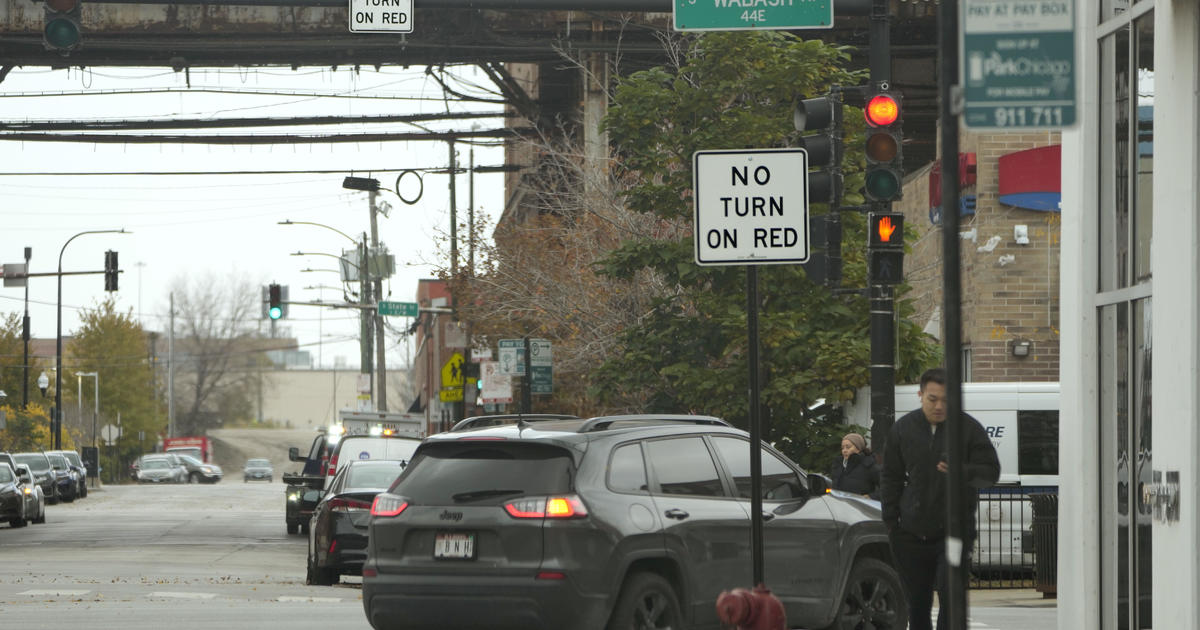Sophee Langerman was on her way to a bicycle safety rally in Chicago’s Lakeview neighborhood in June when a car turning right rolled through a red light and slammed into her bike, which she was walking off the curb and into the crosswalk.
The car was moving slowly enough that Langerman escaped serious injury, but the bicycle required extensive repairs. To Langerman, it’s another argument for ending a practice that almost all U.S. cities have embraced for decades: the legal prerogative for a driver to turn right after stopping at a red light.
A dramatic rise in accidents killing or injuring pedestrians and bicyclists has led to a myriad of policy and infrastructure changes, but moves to ban right on red have drawn some of the most intense sentiments on both sides.
Washington, D.C.'s City Council last year approved a right-on-red ban that takes effect in 2025. New Chicago Mayor Brandon Johnson’s transition plan called for “restricting right turns on red,” but his administration hasn’t provided specifics. The college town of Ann Arbor, Michigan, now prohibits right turns at red lights in the downtown area.



In NYC, right on red is illegal and I’d venture a guess that >98% of drivers obey this. Obviously each city will need to handle it differently, but they can’t make it illegal and then call it a day. Enforcement and change infrastructure to match the new rules of the road are necessary. In the case of lowering speed limits, traffic calming measures should be put in place with the reduction in speed limit, so that going 45mph in a 25mph zone is difficult.
Enforcement is the big issue. I’ll be taking pedestrian safety to my city task force next month and addressing a number of systemic issues, the biggest one of which there is zero pedestrian safety enforcement.any states and cities have absolutely great pedestrian safety laws, they are just not enforced at all. The article has some nice data points I can mention.
In Oregon, any interestion, marled or unmarked is a crosswalk and drivers must stop. Of course they don’t and get aggressive or just drive past you when you try to cross in 30+ roads. If we enforced pedestrian safety for existing laws with 10% of the effort we put into enforcement of other crimes the culture could change.